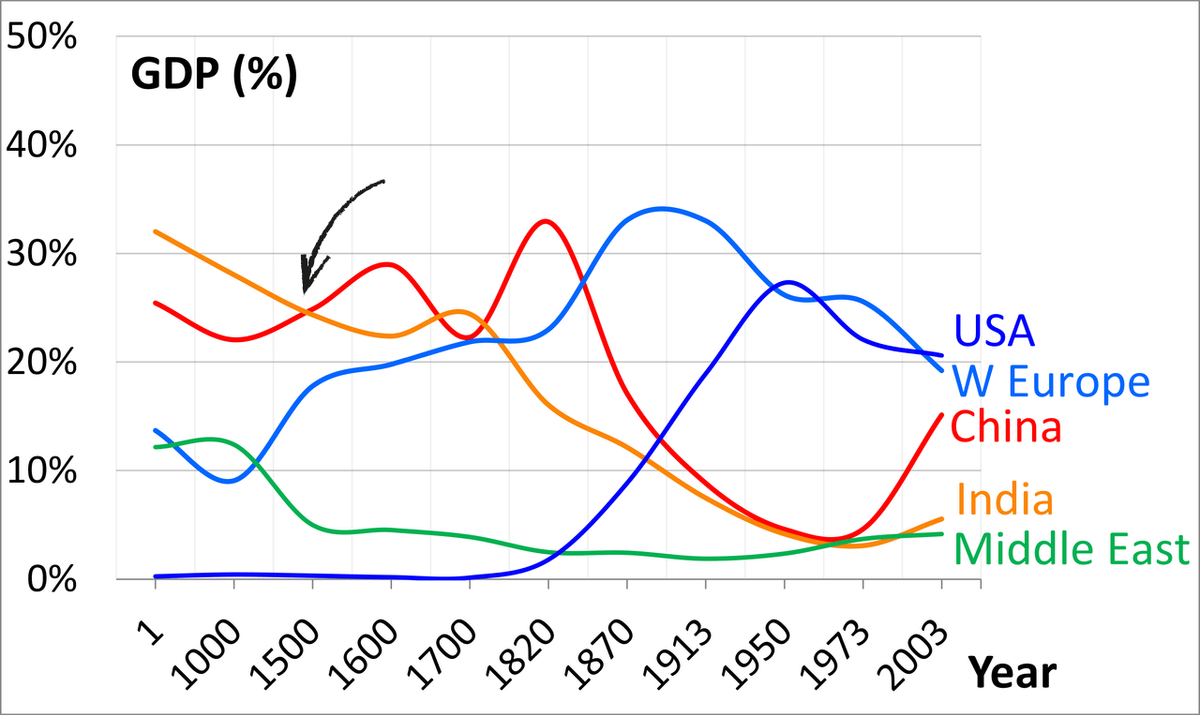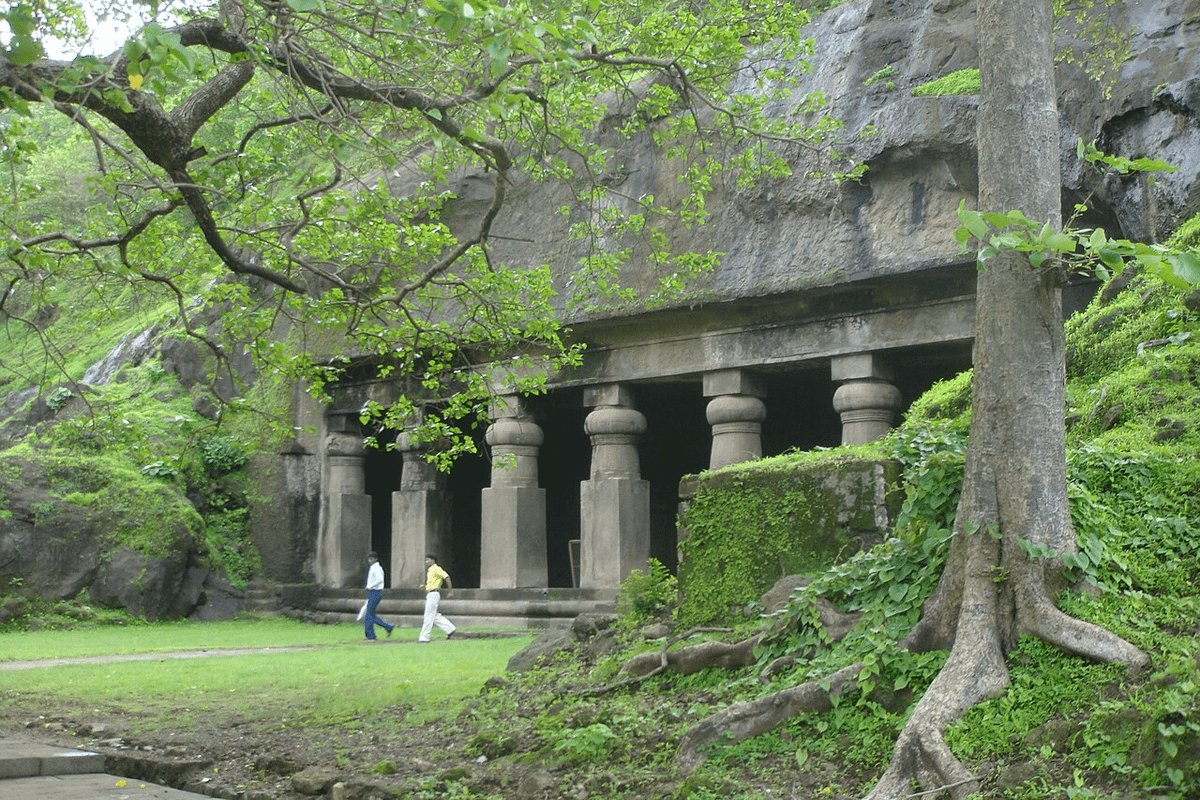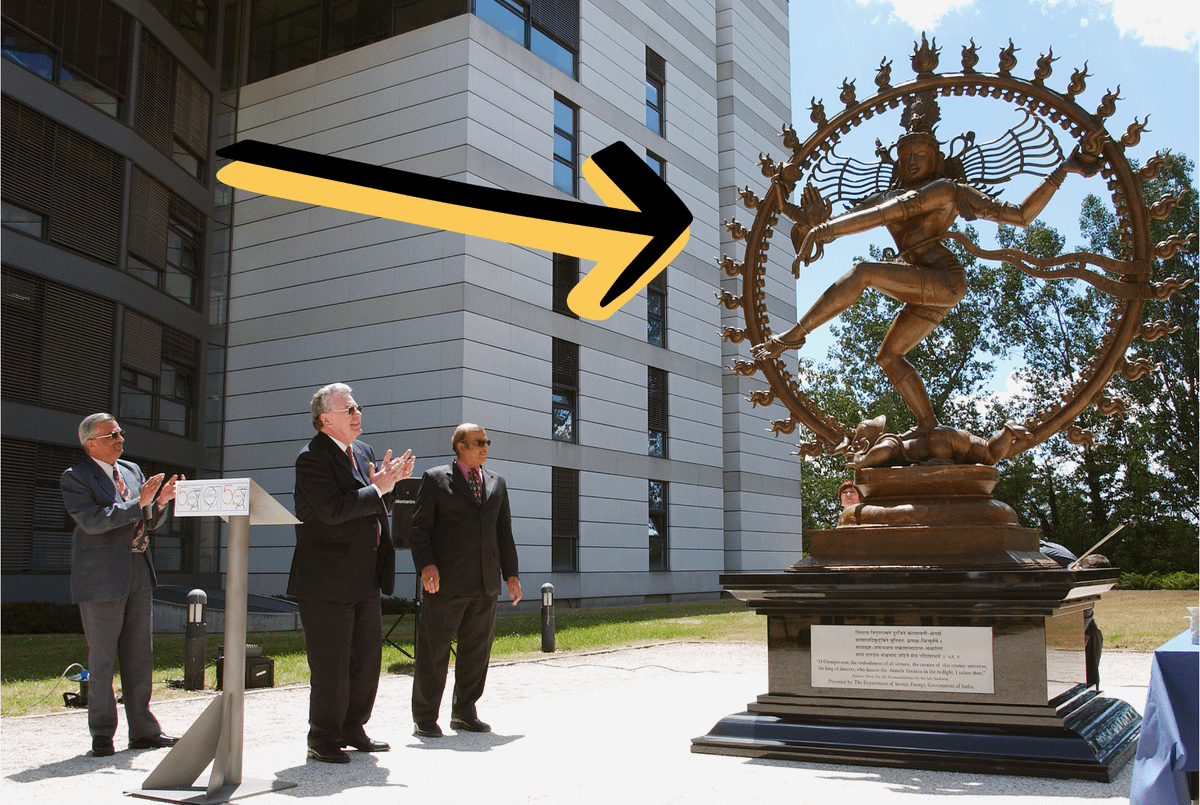1. India's "Sone Ki Chidiya" Phase was real, and it lasted a thousand years
The details are staggering:
- 32% share in world GDP
- World's best universities
- Rome has to ban trade with India to stop gold outflow
- Buddhism changes the world
- Asia is Sanskritized
Read on.
The details are staggering:
- 32% share in world GDP
- World's best universities
- Rome has to ban trade with India to stop gold outflow
- Buddhism changes the world
- Asia is Sanskritized
Read on.
2. Harvard prof Angus Maddison was the world's leading expert of global economic history. He found that India's share of world GDP hovered around 32% for a solid thousand years: 0 CE to 1000 CE. For reference, today, the US share in world GDP is around 25%. 

3. Ancient Rome's biggest trading partner? India.
Roman elites loved Indian luxury goods:
- silk dresses
- spices
- ivory
- leather goods
- iron
Great Roman historian Pliny complained of the gold drain to India. Emperor Vespasian tried to (unsuccessfully) ban trade with India
Roman elites loved Indian luxury goods:
- silk dresses
- spices
- ivory
- leather goods
- iron
Great Roman historian Pliny complained of the gold drain to India. Emperor Vespasian tried to (unsuccessfully) ban trade with India

4. Roman historian Pliny the Elder wrote:
"India is the sink of the world’s precious metal. There is no year in which does not drain our empire of at least fifty five million silver sesterces…"
55 million silver coins, each year, from Rome to India. For 100 years. At minimum.
"India is the sink of the world’s precious metal. There is no year in which does not drain our empire of at least fifty five million silver sesterces…"
55 million silver coins, each year, from Rome to India. For 100 years. At minimum.

5. Why was Ancient India the economic superpower of the world?
Geography played a big role:
- 11,000+ km coastline
- Massive river network
- Vast swathes of farmland
But the biggest geographical blessing was the bi-directional winds of the Indian Ocean. Let me show you how...

Geography played a big role:
- 11,000+ km coastline
- Massive river network
- Vast swathes of farmland
But the biggest geographical blessing was the bi-directional winds of the Indian Ocean. Let me show you how...


6. Indian Ocean winds are bi-directional. For many months the winds flow in one direction; but reverse course during the monsoon. Back when there were no motors/engines, an Indian trader could just sail the winds to the destination, then ride the reverse winds to come home! 

7. The bi-directional winds of the Indian Ocean helped Indian traders travel both east & west with their goods, and sail home with the wind reversal.
But geography alone does nothing.
Ultimately it was our ancestors' hard work that made India the ancient world's superpower.
But geography alone does nothing.
Ultimately it was our ancestors' hard work that made India the ancient world's superpower.
8. India had the best universities of the Ancient World:
- Takshashilā
- Vikramshila
- Nalanda
These universities were international centers of learning, attracting visitors from China, Japan, Korea, and beyond. They were the reason why our artisans were so skilled.
- Takshashilā
- Vikramshila
- Nalanda
These universities were international centers of learning, attracting visitors from China, Japan, Korea, and beyond. They were the reason why our artisans were so skilled.
9. Economist Sanjeev Sanyal once laid out the economic model of Ancient India: Temples were banks, not just worship centres. They gave loans to artisans who produced goods, & merchants who shipped them. The profits were used to run universities, hospitals etc. Dharmic economics. 

10. And then came the downfall.
India's "Sone Ki Chidiya" phase ended in the 11th century, with the arrival of Turkic invaders. These invaders didn't just conquer land, they also destroyed its people, culture, and religion.
We all know the most famous example:
India's "Sone Ki Chidiya" phase ended in the 11th century, with the arrival of Turkic invaders. These invaders didn't just conquer land, they also destroyed its people, culture, and religion.
We all know the most famous example:

11. Foreign invaders hollowed out the Indian economy:
- 1000s of temples destroyed (economic pillars, not just religious places)
- World-famous universities like Nalanda destroyed (library burnt)
- Vanity projects like mausoleums built over basic infrastructure (like canals)
- 1000s of temples destroyed (economic pillars, not just religious places)
- World-famous universities like Nalanda destroyed (library burnt)
- Vanity projects like mausoleums built over basic infrastructure (like canals)
12. Why did India fail to repel the foreign invasions?
That is a subject for another thread, but lack of unity was an important factor.
Despite having the home advantage and numerical superiority, we lost due to infighting among Hindu kingdoms. Ghar ka bhedi...
Never again.
That is a subject for another thread, but lack of unity was an important factor.
Despite having the home advantage and numerical superiority, we lost due to infighting among Hindu kingdoms. Ghar ka bhedi...
Never again.
13. By the 15th century—after 500 years of foreign invasions & rule in North India—India's share in world GDP had dropped to 25%.
We also lost the position of the world's biggest economy to China. See the lines crossing on the map...
But the worst was yet to come.
We also lost the position of the world's biggest economy to China. See the lines crossing on the map...
But the worst was yet to come.

14. The European invasions of India started in earnest in the 16th century. The Portuguese, the Dutch...and finally the British. Trade agreements turned into economic subjugation, which then became outright imperial colonialism. The details are particularly ugly.
15. This is how the British colonialists transferred the textile industry from India to England:
- Highest agricultural taxes in the world (upto 50%)
- Price fixing
- Low custom duties on British imports but high duties on Indian exports
Result? Indian textiles decimated.
- Highest agricultural taxes in the world (upto 50%)
- Price fixing
- Low custom duties on British imports but high duties on Indian exports
Result? Indian textiles decimated.
16. Here's a different way of looking at it.
India's share in the world GDP when the European colonialists arrived:
25%
India's share in the world GDP when the European colonialists left:
5%
If you want all the grisly details of how this happened, read Mr. Tharoor's book:
India's share in the world GDP when the European colonialists arrived:
25%
India's share in the world GDP when the European colonialists left:
5%
If you want all the grisly details of how this happened, read Mr. Tharoor's book:

17. In 1947 we became politically free, but not economically.
Foreigners were out, but a foreign ideology still ruled us: Socialism
PM Nehru (who did some good things, no doubt) told Mr. Tata: "Profit is a dirty word"
Profit, a dirty word in a land that worships Maa Lakshmi?!
Foreigners were out, but a foreign ideology still ruled us: Socialism
PM Nehru (who did some good things, no doubt) told Mr. Tata: "Profit is a dirty word"
Profit, a dirty word in a land that worships Maa Lakshmi?!

18. India's share in the global GDP fell from 5% in 1947, to 3.2% in the 1980s.
The lowest ever...in human history.
And then came the crisis of 1991. India, running dangerously low on Forex reserves, sent 21,000 kg of gold to Switzerland & Britain in exchange for urgent loans.
The lowest ever...in human history.
And then came the crisis of 1991. India, running dangerously low on Forex reserves, sent 21,000 kg of gold to Switzerland & Britain in exchange for urgent loans.

19. The 1991 crisis, in retrospect, was a blessing in disguise:
- We opened up our economy
- Freed the Indian businessmen
- Curtailed socialist laws
- BTW, top tax rate in socialist era was 97%!
The result?
We became the world's 4th largest economy, just 3 decades later!
- We opened up our economy
- Freed the Indian businessmen
- Curtailed socialist laws
- BTW, top tax rate in socialist era was 97%!
The result?
We became the world's 4th largest economy, just 3 decades later!

20. The daily news cycle is noisy. It makes you lose track of the bigger picture.
Hopefully this thread helped you regain perspective, and look at the bigger picture again.
Follow me for such threads: @authoramish
Many more threads in the pipeline, stay tuned!
Hopefully this thread helped you regain perspective, and look at the bigger picture again.
Follow me for such threads: @authoramish
Many more threads in the pipeline, stay tuned!
India has been on a roller-coaster 2000 year long journey.
And I believe the best is yet to come.
If you think so too, retweet this thread.
Thank you for reading.
And I believe the best is yet to come.
If you think so too, retweet this thread.
Thank you for reading.
• • •
Missing some Tweet in this thread? You can try to
force a refresh






















